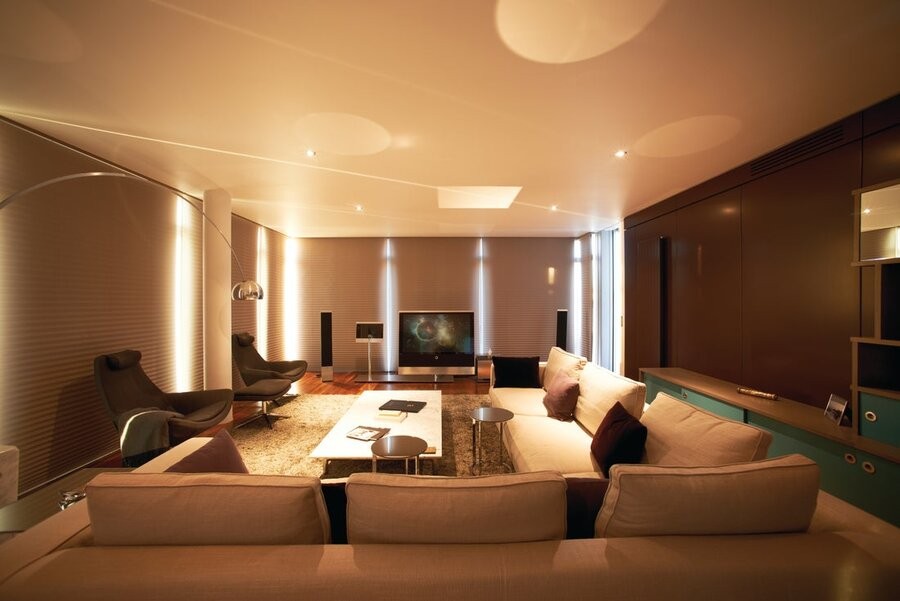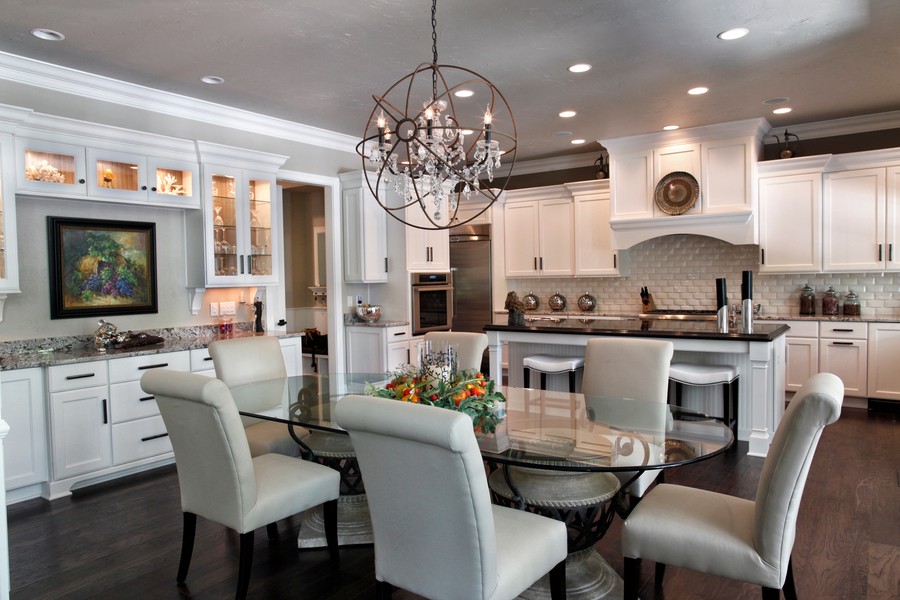We take wellness for granted until we aren’t feeling great: Sluggishness, fatigue, and migraines are all common ailments that affect most of us. According to a poll conducted by YouGov, only 1 in 7 Americans wakes up feeling well-rested every day of the week. We can try our best to get enough rest and relaxation, but oftentimes, life gets in the way. But what if we told you your home’s lighting could improve your wellbeing?
Smart lighting control systems have been known for use in commercial spaces and theaters, but they have gained prominence in homes for their tunable color and brightness features. To see how smart lighting can improve wellness in your Charlotte, NC home, learn more below!
SEE ALSO: Why Motorized Shades Are an Essential Addition to Your Space
How Human-Centric Lighting Works
Since the dawn of electric lighting, we no longer have to go to sleep when the sun goes down, and we can ‘see’ in the dark whenever we want. Although it’s a miraculous technological advancement, many studies observe the negative effects lightbulbs can have on our body’s circadian rhythm. Our circadian rhythm regulates the cyclical behavioral, mental, and physical changes we go through in a day. Without natural light, our system can be thrown off course.
Enter lighting control. Now, smart home systems connected to lighting fixtures can personalize the color temperatures, spectral power, color, and brightness of each bulb in your home. From a smartphone or tablet, you can set your lights to automatically adjust throughout the day, mimicking the sun’s journey in the sky. In the morning, your lights should be brighter with a white-blue tint. That kind of lighting doesn’t fare well in the evening, however. By afternoon, your bulbs should shift into a warmer, softer hue, like the golden hour before sunset.













